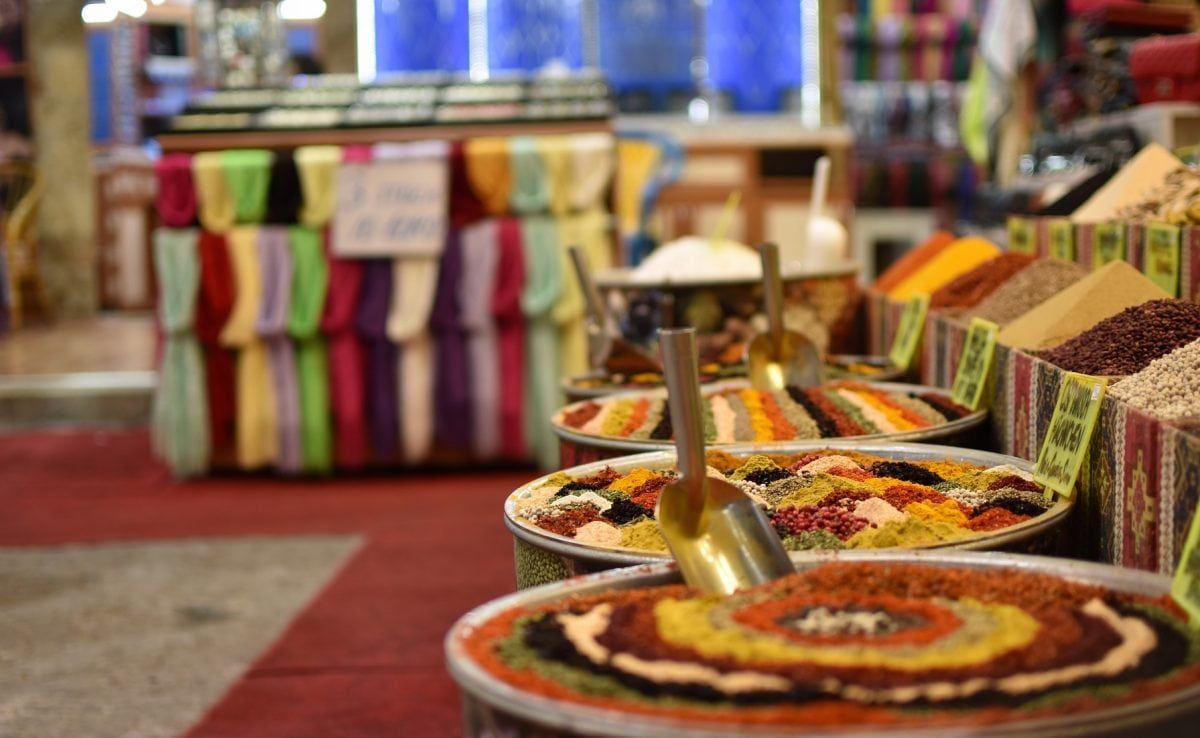
By Peter Hall
Once known as Pamphylia, modern day Antalya is now dubbed ‘Turkey’s tourism capital’. Its sun drenched turquoise coastline, mountainous backdrops, and ancient history attract visitors in their millions. It offers high contrast and variety; from the sublime, to the hairless.
Sun worshippers can cook in 300 days of annual sunshine, with average temperatures reaching 28°C. Whilst their intrepid counterparts can trek through the snowcapped Taurus mountains. Huge theme parks are a short drive from remarkable ancient ruins. Hidden networks of waterfalls lye within a shanked tee off, from Nick Faldo designed golf courses. And Roman statues, depicting an ideal beauty, compete for attention with plastic surgery clinics, offering cheap operations.
Despite this plethora of choice, tourism has suffered in recent years. In 2016 the region saw its number of visitors cut in half. A heady mix of Islamic State, a spat with Russia, the re-emergence of the PKK, and a military coup, have taken their toll.
Under the stewardship of President Erdoğan there has been a distinct shift in Turkey’s politics from the secular towards Islam. One of his latest moves, has been to transform the country into the antithesis of Narnia. Abolishing the turning back of Turkey’s clocks in winter, has resulted in the country being in a permanent state of summer (time).
This never ending sunshine has seen tourists return in great numbers, with Antalya experiencing a 40 per cent increase this year.
Some of this growth is down to rise of cosmetic tourism. Its relative cheapness is attracting droves of flat bums and wonky noses. A conversation with a pair of German post op, hair transplantees, revealed its a no brainer. The price at home is 10,000 Euro, compared to a mere 2,500 Euro in Antalya. The main cost seemed to be the embarrassment of walking through the airport, with scalp wounds on show, whilst wearing a surgery branded headband. They declined my offer of a photograph.
Those that aren’t going bald visit Antalya to enjoy the all-inclusive, family friendly coastal resort of Belek. Close to the airport, its full of elegantly designed 5 star hotels, with a vast array of facilities including world class golf courses, waterslides, beach bars, and ḥammāms.
My hotel (Xanadu) had an attentive team of staff, determined to fill wine glasses whilst backs were turned. Retire to the pool-side bar and the entertainment team could be found breakdancing to Tom Jones covers, whilst dressed as characters from Alice in Wonderland.
If you’re looking to avoid the all-inclusive experience, then Antalya’s walled quarter (Kaleiçi), with restored Ottoman-era Turkish houses, is a good bet. With their boutique feel, you’ll be left to create your own entertainment. Which means you’ll be better placed to make an informed decision on whether body popping to Sex Bomb is a good life choice. I blame the wine re-fillers.
A quick stroll beyond the hotel’s pool area reveals long swathes of sandy beaches, framed by rocky mountain ranges. A jetty stretches out into the Mediterranean. Jumping off is fun, but frowned upon. The ocean’s current is fairly strong, but swimmable. The temperature is cold enough to be refreshing, yet warm enough to be able to continue a legible conversation. This is handy when discussing the merits of jumping off jetties with lifeguards.
Antalya should be in the top 10 of any history nerd’s destination list. Particularly Perge. Once home to Alexander the Great, it’s origins date back to 1300BC. What remains today is a sprawling matrix of Roman water systems, plunge baths, intricate carvings, and towering columns. These share the ground with wildflowers and weathered workman, who excavate the area. Many of their discoveries, including a sizeable collection of imposing statues, are housed at the Antalya Archeological Museum.
Travel 20 miles east of Perge and you will find Aspendos. Built in 155BC it is one of the finest surviving Roman theatres in the world. The impressive amphitheater seats 15,000 people, and is still used today for starlit performances of ballet, opera and classical music.
From Aspendos its a 30 minute drive to Antalya city. Established in the second century BC by Attalus II, most of the surviving architecture dates from the Ottoman period. There are a number of mosques, Turkish baths and tombs, which sit alongside busy cafes; housing shisha sharing couples and mature gents arguing over Backgammon. Its covered markets are full of atmosphere. Traders negotiate passionately with bargain hunters, as they fill their bags with a multitude of brightly coloured fruit, veg and spices.
Away from the bartering, you can cool off at one of the 20+ waterfalls around the province. Kurşunlu is just 11 miles out of the city, and a short walk through its low hanging canopies reveals a series of stunning cascades, dropping 18m into lagoons of fluorescent green water.
For the more active, Antalya offers white water rafting in Köprüçay river, ship wreck diving in Kemer, and trekking in the Beydağları mountains. Whilst those with restless little ones have Belek’s enormous theme park; The Land of Legends.
There’s a great deal of cuisine to choose from too, especially if you’re all-inclusive. Sometimes this means that fish is joined by donuts on a plate piled with steak, pizza and potato salad.
Visit one of the many restaurants in Antalya harbour and you can enjoy the region’s signature dish; Kofta with Piyaz. Served with fiery hot chillies, locals wash it down with a bottle of Ayran; a yogurt drink that takes the edge off the heat. Follow this with Baklava; an extremely sweet dessert of pistachios and honey, neatly parcelled in filo pastry. And conclude with a rich Turkish coffee. Some waiters will ‘read’ your empty cup and predict your future. Apparently I’m heading for an imminent cardiac arrest.
Clearly there’s a real mix on offer here. But then Turkey is both East and West. Physically it sits as a bridge between both cultures. What binds it together is the extreme warmth and welcome of its people.